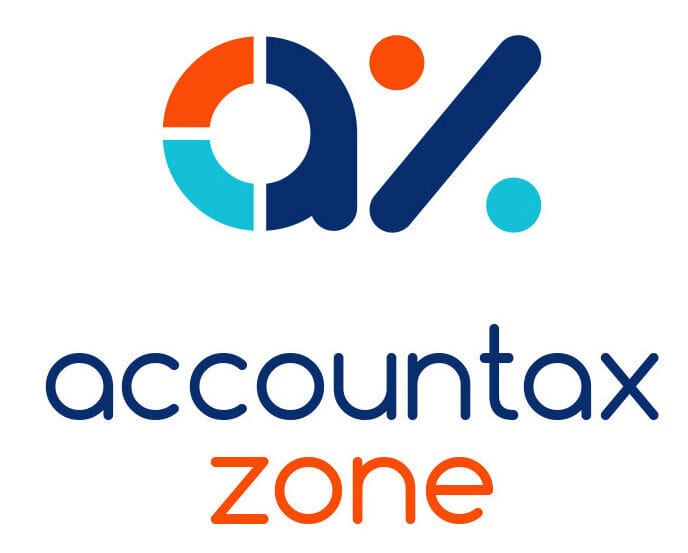Private residence relief is a valuable capital gains tax relief which means that a person does not have to pay capital gains tax on any gain arising on a property while it was their only or main residence. Where a property has at some point been the taxpayer’s only or main home, the last nine months of ownership are also exempt from capital gains tax (increased to 36 months where the taxpayer leaves their home to go into care). Certain other periods of absence may also qualify for the relief.
If a taxpayer has more than one home, only one can be their ‘main’ residence at any time. Further, married couples and civil partners can only have one ‘main’ residence between them. A property can only be in the running as a main residence if it is lived in as such – properties owned but not owner occupied as a residence do not count (for example, those let out).
Nominating the main residence
Where a taxpayer or a married couple/civil partners have more than one residence, they can choose which residence is their main residence for capital gains tax purposes. This is done by making a nomination. There are strict time limits in which the nomination can be made.
A change in the combination of residences
A notice nominating a residence must be given within two years of the date on which the combination of residences changes. For example, this may be when a second or subsequent property is acquired or a property is sold, leaving the taxpayer(s) with at least two properties after the sale. It is important to note that the date of acquisition will not necessarily be the date that the combination of residences changes. For example, if a property that has previously been let comes to the end of a tenancy and starts to be used as a second home, the date that it first becomes used as a residence is the date that the combination of residences changes.
You may also like to read: HMRC revise stance on replacement boilers
On marriage or a civil partnership
As married couples and civil partners can only have one main residence between them, where a couple marry or enter into a civil partnership and each had their own main residence prior to the marriage, if they retain those residences, they will need to jointly nominate which is to be the main residence from the date of the marriage/civil partnership.
A nomination is not needed if one party has two or more residences and the other party has none as there is no change in the residences and no nomination is needed. However, if both parties own two or more residences jointly a nomination must be made from the date of the marriage/civil partnership – the couple can now only have one main residence between them whereas previously they could have had one each.
Varying the notice
Once a nomination has been made, it can be varied (often referred to as ‘flipping’). The variation can be backdated by up to two years from the date on which it was given. A variation is often made when one of the properties is to be sold to maximise the main residence relief across the residences by taking advantage of the final period exemption. This provides access to main residence relief for the last nine months of ownership (or 36 months where the taxpayer goes into care) if the property has been the main residence at some point. Where a property is within the final period, it is more beneficial for another residence to be the main residence.
No nomination made
Where no nomination has been made, the question as to which property is the main residence for capital gains tax purposes will be determined by reference to the facts. The property in which the taxpayer resides for most of the time will be the main residence.
Partner note: TCGA 1992, s. 222.










